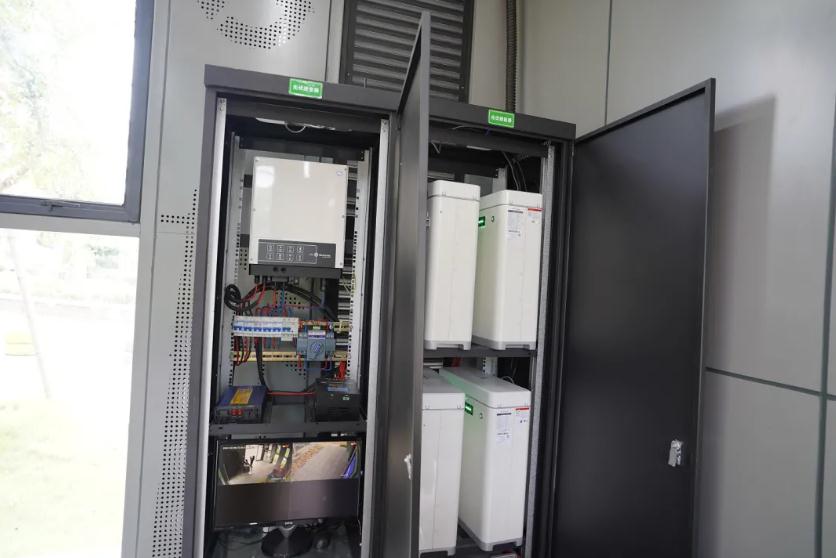
Off-grid energy storage systems have gained popularity as more individuals and businesses seek energy independence and sustainability. Unlike traditional grid-connected systems, an off-grid setup allows users to generate, store, and utilize their own energy, free from utility company reliance. This approach not only provides a buffer against power outages but also reduces the carbon footprint, promoting a greener future.
An effective off-grid energy storage system typically comprises several essential components. At the heart of the system is the energy source, which may include solar panels, wind turbines, or other renewable energy technologies. This generation capability is crucial as it converts natural resources into usable electricity, setting the stage for the entire system.
The next vital component is the energy storage solution, often in the form of batteries. Lithium-ion and lead-acid batteries are the most common types used in off-grid systems. These batteries are responsible for storing excess energy generated during peak production times, ensuring that power is available during low-generation periods or nighttime. Their capacity and efficiency play a significant role in determining the system's overall effectiveness.
Charge controllers are another critical part of off-grid energy storage systems. They regulate the voltage and current coming from the energy generator to the batteries, preventing overcharging and ultimately extending battery life. By ensuring optimal battery health, charge controllers enhance the overall reliability and performance of the energy system, providing peace of mind to users.
Inverters are necessary for converting the direct current (DC) stored in batteries into alternating current (AC), which is used by most household appliances. A good inverter not only enables the use of everyday electronics but also enhances the efficiency of the entire energy setup. Users should consider factors like power rating and waveform quality when selecting an inverter, as these can significantly impact performance.
To optimize energy consumption and ensure system efficiency, many off-grid setups include monitoring systems. These systems provide real-time data on energy production, consumption, and battery status, allowing users to make informed decisions about their energy use. With this level of insight, individuals can better manage their energy resources, further maximizing the benefits of their off-grid system.
In conclusion, an off-grid energy storage system comprises several key components, including energy generation sources, storage solutions, charge controllers, inverters, and monitoring systems. Together, these elements empower users to harness renewable energy and live sustainably, free from the constraints of traditional grid systems. As more people embrace off-grid solutions, they pave the way for a cleaner, more self-sufficient future.
Next:Exploring the Versatile Applications of Battery Energy Storage
Previous:Exploring Off-Grid Energy Storage Empowering Sustainable Solutions